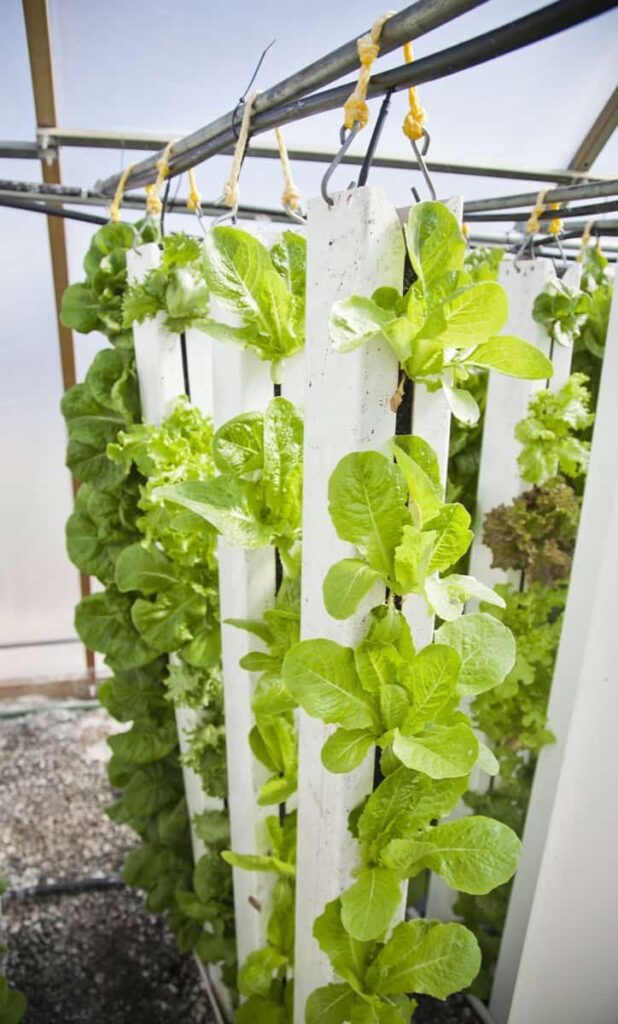Choosing the fish species to utilize in your aquaponics system is one of the most crucial steps in getting started. Since fish waste contains the natural nutrients that plant roots need, they serve a crucial function in aquaponics. It is possible to grow many different kinds of fish using aquaponics.
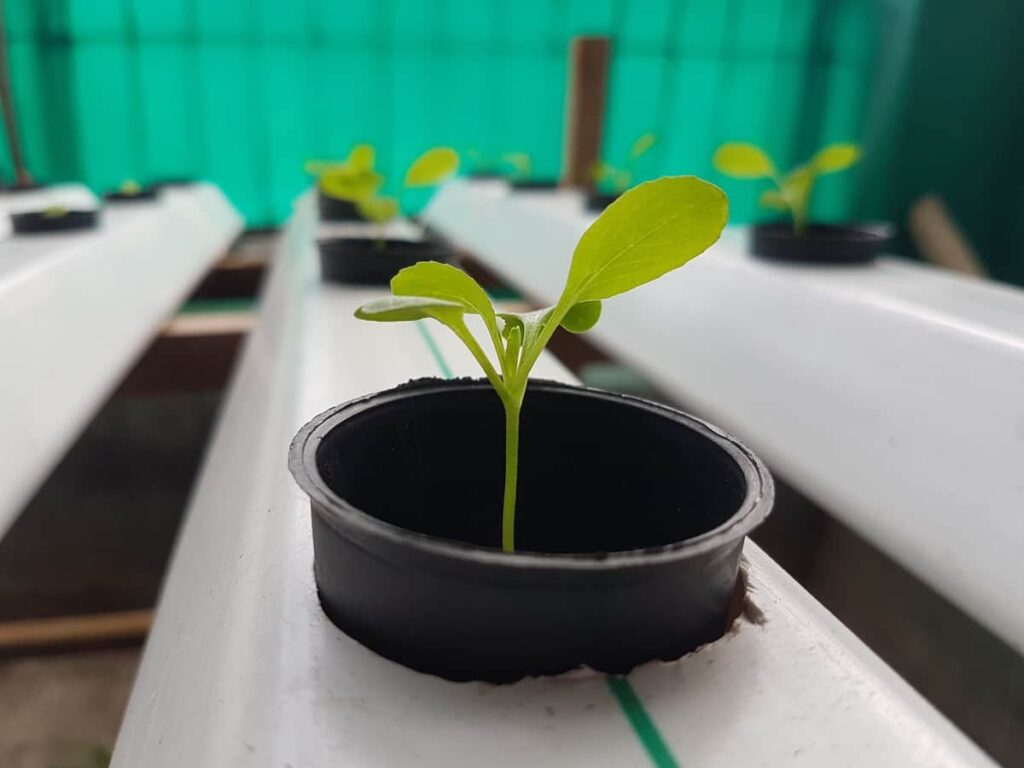
However, success in aquaponics requires careful consideration of the many fish species available and the specific needs of your system. Below we learn how to grow vegetables in aquaponic systems, about aquaponics fish farming at home, the most profitable aquaponics crops, what vegetables you can grow in an aquaponics garden, and its advantages and disadvantages.
How to grow vegetables in aquaponic systems
What is aquaponics?
When fish and other aquatic creatures are raised in a hydroponic system alongside plants, the system is called an aquaponics system. Nitrifying bacteria in aquaponics turn fish waste into nutrients for plants. These nutrients are taken up by the plant’s roots, allowing the plant to flourish. In exchange, the plant roots provide the fish with clean water.
How does aquaponics work?
The grow bed is where plants are produced for aquaponics, while the fish tank is where the fish live. When water from the fish tank, which includes waste, is pumped into the grow bed, billions of naturally existing helpful bacteria consume the ammonia and convert it to nitrites and nitrates, which the plants then use. Nitrates and other nutrients are taken up by plants and used for growth. Water is filtered by the plant’s roots and recycled into the fish tank. A new cycle can begin with the return of the purified, oxygenated water to the fish tank.
Are aquaponic vegetables healthy?
Aquaponics is a natural and sustainable way to grow plants and aquatic creatures. Encouraging plant and marine animal coexistence helps amateur and professional farmers/gardeners produce organic food and breed fish for human consumption. It is environmentally friendly since it conserves water, can function on a smaller plot of land, and produces fewer waste products. It’s a sustainable practice since it’s modeled after how natural plants recycle dead or dying animals. There is also no waste since it is ecologically sound.
The plant’s roots can use any solid waste from the fish as a food source. You can use the extra garbage as natural nutrients for your plant soil or throw it away in the compost. Vegetables cultivated in aquaponic systems have a greater nutrient density than those grown in soil. The benefits of running your aquaponics farm or system are many, not the least the ability to feed your plants precisely what they need. You know exactly what went into producing your plants, so you can be sure they are organic.
In case you missed it: How to Start Microgreens Vertical Farming: For Indoors, Greenhouse, Growing Tips, Cost, and Benefits
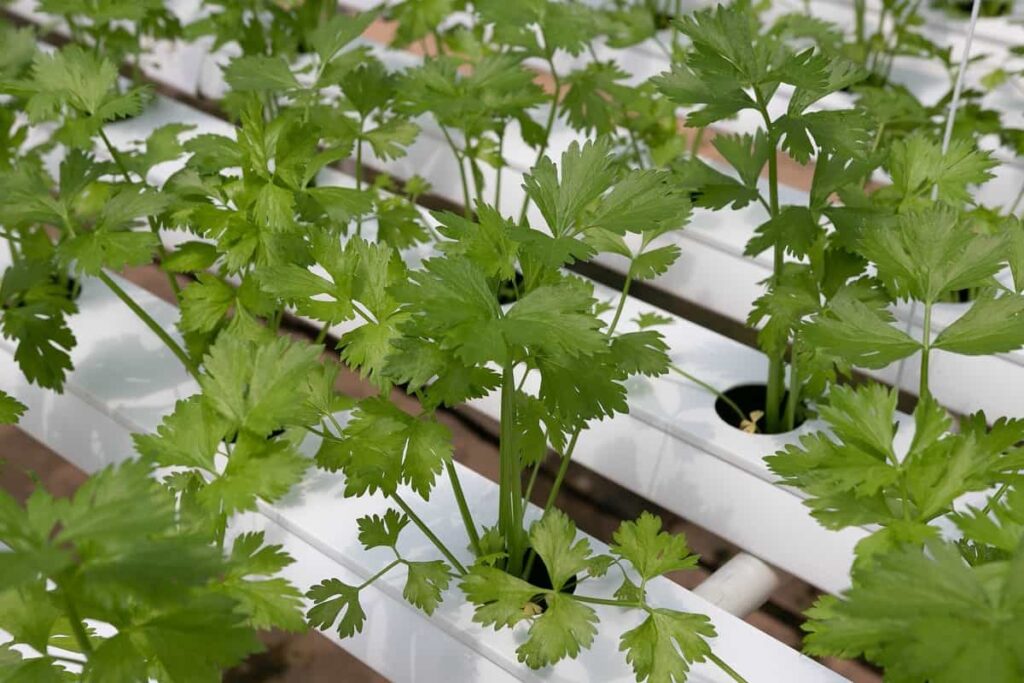
What are the four methods of aquaponic growing?
Media-based Aquaponics System
The media-based system, also called the Flood and Drain method is widely used for aquaponics on a small scale. Likewise, its user-friendliness has made it a hit among aquaponics garners cultivating plants in their spare time. The media-based system’s layout is easy to understand, making it ideal for first-time aquaponics growers on a tight budget. Plants in a media-based system are grown in a growbed or container containing grow media, such as gravel, lava rock, or clay pebbles.
Using a bell siphon, water from the fish tank is regularly pumped into the grow bed, giving the plants the necessary nutrients. It then drips back into the fish tank, and the cycle repeats. The grow bed decomposes all the garbage. Worms are sometimes used in the growing medium to speed up the decomposition process. The media-based system requires no extra filters and has the fewest moving parts. Produce is lower than average due to less space.
Nutrient Film Technique
Because of its simple yet efficient design, the Nutrient Film Technique (NFT) lends itself well to adaptation into aquaponics. This technique uses PVC pipes on their sides through which nutrient-rich water flows in shallow streams. To cultivate plants using NFT, long, thin tubes are used.
The roots of plants get water, nutrients, and oxygen via a thin layer of water that constantly travels down each channel. The NFT system works similarly to the raft system in that water is pumped out of the fish tank, passed through filtration components, and then recirculated back into the fish tank to water the plants.
Raft System
The raft system of aquaponics, often called the Deep Water Culture (DWC), is a very effective design for an aquaponics setup. Because of its usefulness for mass production, this technique is often used in commercial or industrial aquaponics setups. With a raft system, polystyrene or foam board rafts float on top of the nutrient-rich water as it moves down the lengthy canals at a depth of around 20 centimeters.
In case you missed it: Hybrid High Yield Onions Varieties in India: For Rabi, Kharif, Late, and Early Kharif
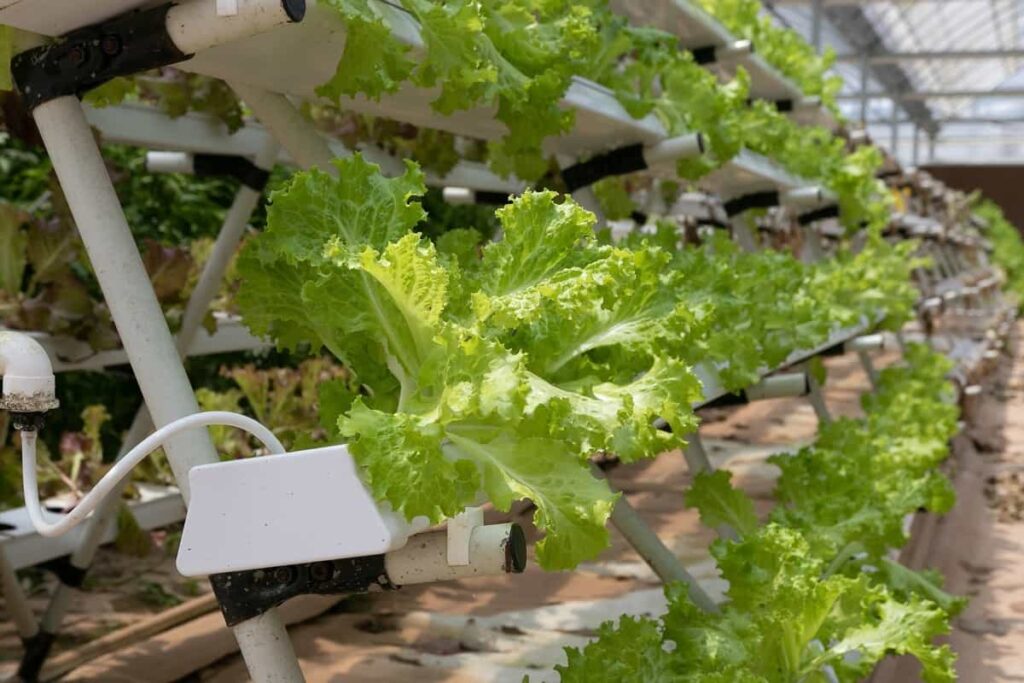
Net pots support the plants in holes in the raft planks. The plants’ roots dangle in nutrient-rich, oxygenated water, where they can quickly absorb oxygen and nutrients and flourish. Water constantly circulates from the fish tank via the filtration system to the raft tank, where the plants are cultivated, and back to the fish tank. A raft tank is often kept apart from the fish tank.
Vertical Aquaponics System
One kind of aquaponics system is the vertical one, in which soil-less plant growth occurs in vertical columns above a fish tank. The NFT aquaponics technology is widely used in vertical aquaponics. The NFT is a kind of aquaponics in which the plants are cultivated in a long, thin channel.
NFT is a kind of hydroponics that has been converted to aquaponics due to the versatility of its basic but efficient design in a wide range of growth conditions. The main difference between the NFT and vertical systems is the orientation of the growth channels, which in the NFT approach is horizontal and in the vertical system is vertical.
What are the advantages of aquaponics?
Aquaponics has the following advantages as a sustainable food production method. It has the potential for two sources of revenue, from fish and plant cultivation, respectively. When compared to conventional farming, aquaponics uses far less water. There is no need for a large plot of land or soil. Avoid using fertilizers, pesticides, and other pollutants to protect the fish in the system.
Since aquaponic systems don’t need soil, the backbreaking work of weeding and digging is unnecessary. Using greenhouses and controlled temperature environments, aquaponics makes it possible to produce food at any time of the year. Fruits and vegetables grown in aquaponic systems are chemical-free and organic.
What are the disadvantages of aquaponics?
Aquaponics can be a game-changer if you want to grow lettuce leaves, but it won’t do anything for you if you want to grow potatoes. This is because aquaponics uses water in place of soil, which is not ideal for growing tubers and root crops like potatoes, carrots, yams, parsnips, etc. Aquaponic tuber cultivation can work, but you should consider the pros and cons before starting. It is hard to imagine the size of the aquaponics system that must be built to produce an amount of food equal to that of a cornfield.
Wheat can be grown similarly to root vegetables and tubers, but it doesn’t imply it’s a good idea. It can be less expensive (both monetarily and ecologically) and less time-consuming to grow certain plants in soil. Aquaponics requires participation from two types of organisms: the plants that act as filters and the marine organisms that provide waste and nutrients. Anyone who has ever kept marine life in an aquarium knows how sensitive they can be to changes in temperature.
In case you missed it: White Onion Farming in India: Grow Onions Bigger, Faster and Onion Growing Duration
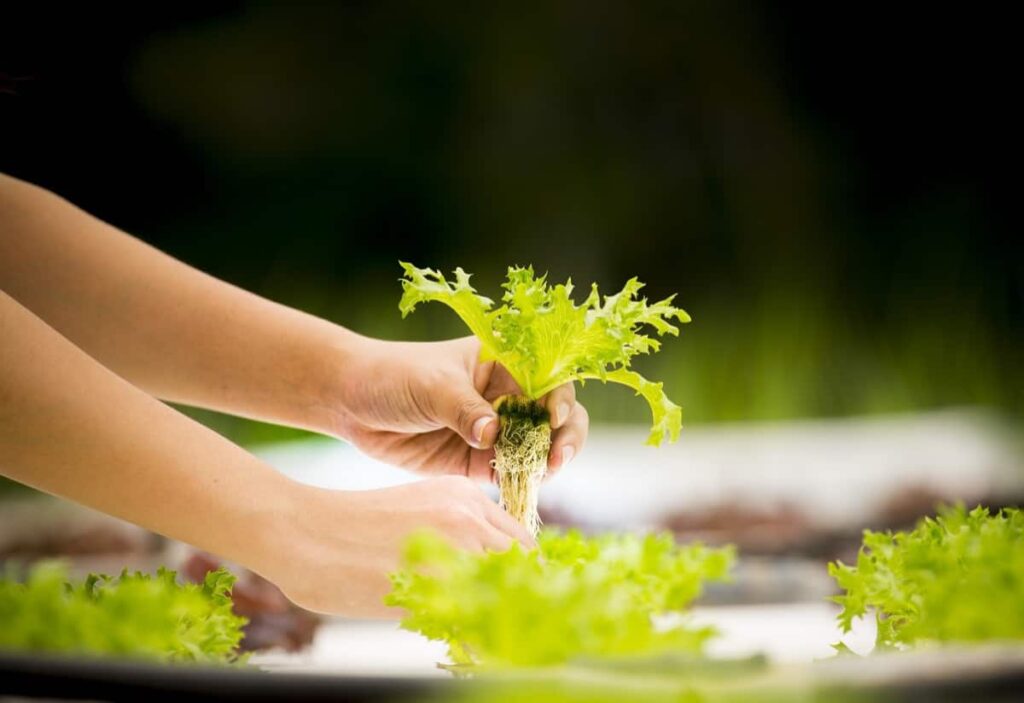
To maintain a steady temperature in the water and ensure the health of your reptilian buddies, you may need to purchase water pumps, coolers, and heaters. If you have a sizable aquaponics setup, the constant operation of pumps, heaters, and other equipment can use a significant amount of energy. Because of the negative effects on the environment and your budget, this can be a major problem. The difficulty of getting started is a significant drawback to aquaponics.
Starting an aquaponics system from scratch can cost a lot of money. You’ll need some kind of container, fish, fish food, plants, growth medium, net pots, and either netting to protect the plants from pests or, better yet, a greenhouse. If you’re starting small and on a budget, you may need water pumps, heaters, and coolers to keep your aquatic creatures healthy. While the initial investment in an aquaponics system can appear high, the expense of scaling up to produce on a commercial scale is far more.
Commercial aquaponics requires a lot of areas, equipment, and electricity. Monitoring water quality and temperature, feeding marine life, and other tasks need a big staff on large-scale aquaponic systems. Due to the closed-loop nature of aquaponics, a breakdown in any component will fail the whole system. You’ll lose two harvests instead of one of your fish dying since there won’t be any excrement to use as fertilizer.
Do aquaponic plants need soil?
Hydroponic, aquaponic, and aeroponic systems eliminate the need for soil. Plants can grow successfully in these systems without soil because they provide all the necessary conditions for their growth: water, nutrients, light, support, and heat. Plants can flourish in these systems without soil because they give them all the necessary nutrients. There is no need for soil to cultivate plants. You’ll need to feed the plant with water, light, nutrients, support, and warmth as it grows.
When growing without soil, several methods include submerging the plant’s roots in a liquid. It’s important to remember that the water must also be oxygenated. A plastic mesh container holds the plant steady as the roots grow in such setups. A fertilizer solution can be put around the plant’s base and allowed to soak via gravel, perlite, or coconut husk to feed its roots. Heating the water and air in these systems is necessary for plant germination and development.
How fast do vegetables grow in aquaponics?
Plants grown using an aquaponics system mature more rapidly, are healthier, and are bigger than those grown using traditional soil-based farming/gardening methods. This occurs due to the constant availability of nutrients to the plants. Consider lettuce as an example. Normally, a plant would need around two months to mature, but with the aquaponics system, the average development time is only one month. Studies have shown that aquaponics systems can increase crop yields by as much as four times the soil-based farming techniques.
Do I need to change the water in aquaponics?
The fact that you never need to replace the water in an aquaponics system is the second most important distinction; the first is that you use fish as the source of nutrients in the system. Even though the system cleans itself while running, you will need to replace any water lost due to evaporation or other factors.
In case you missed it: Honey Bee Contract Farming in India: Current Trend, Schemes, Companies, Cost, Profit, Process, Agreement, Pros, and Cons
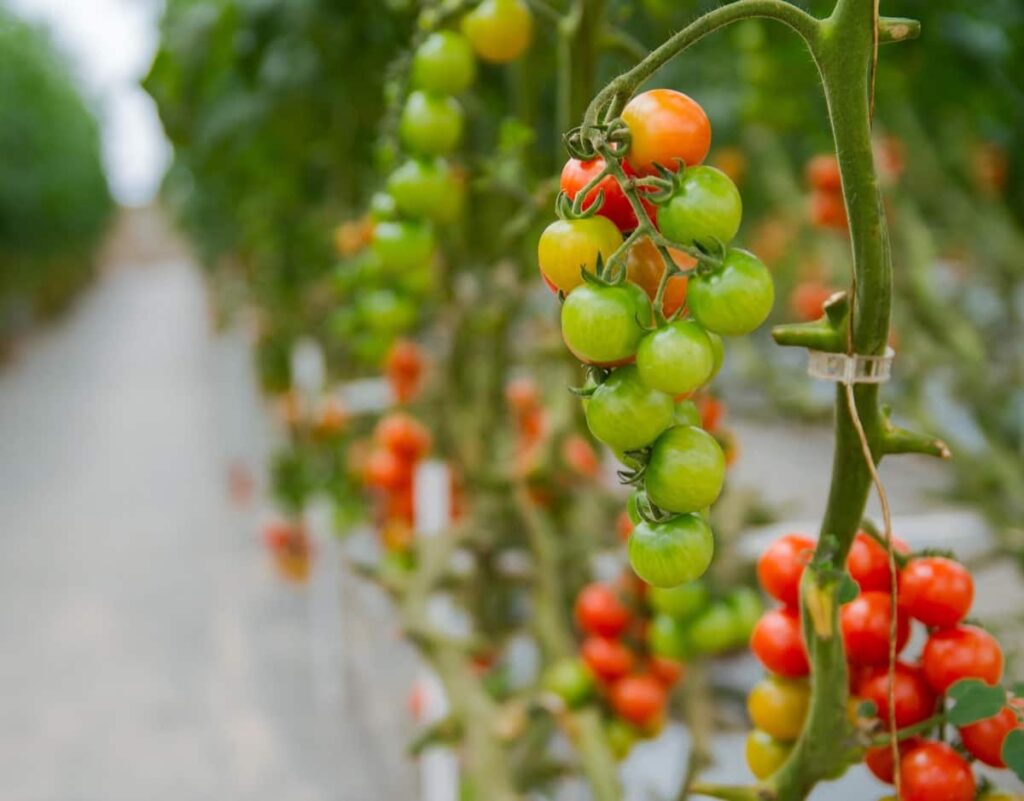
Does aquaponics need fertilizer?
Plants in a typical aquaponics system get the nutrients they need to flourish in a soilless environment from the fish excrement. In other words, aquaponics producers do not need to apply any fertilizer in the growing process. However, the plants will become nutrient deficient if the system becomes imbalanced due to a lack of nutrients in the fish feces. To remedy the nutrient shortage in their aquaponics plants, the grower may have to add organic fertilizers.
Aquaponics is a technique where fish excrement is used to nourish plants, and the plants then filter the water before it is recirculated to the fish. However, nutritional deficiencies can necessitate supplemental nutrients to meet the plant’s demands. This occurs either because the fish feed lacks essential nutrients for the plants or because the proper fish-to-plant ratio is not used.
Regular water testing and keeping an eye on your plant’s vitality will allow you to keep tabs on its nutritional levels. Aquaponics systems should only be fertilized with natural or organic materials. It would be best if you didn’t forget about the fish; they can be harmed by introducing chemical fertilizers into the water.
Do you need sunlight for aquaponics?
In an aquaponics system, fish do not require exposure to sunlight or any other source of light to exist. Most fish, however, need both light and shade to thrive; thus, providing artificial lighting to your fish tank can boost their health and egg production. Sunlight is beneficial for fish health and should be provided regularly. Fish kept in the dark for too long can grow weak or ill.
Do aquaponic vegetables taste good?
Vegetables cultivated in an aquaponic system often taste better than those grown in soil. Hydroponic veggies taste even better than conventionally produced vegetables since they are healthier for you and the environment. In aquaponic systems, the roots of the vegetables are submerged in water enriched with nutrients.
Hydroponically grown plants may need less energy than soil-grown plants to root for water and nutrients. In addition, this ensures that the veggies are nutritionally complete and free of any inadequacies that can alter their taste. Vegetables cultivated in aquaponic systems do not absorb any fishy flavor from the system. The fish give the plants a continuous stream of organic nutrients. There is no interaction between the fish and the plants or their roots.
Does aquaponics use much electricity?
Combining fish farming (aquaculture) with hydroponics (growing plants without soil) is known as aquaponics and can result in significant energy use. Aquaponics systems, however, cannot be successfully operated without power. Power from an electrical source is required to keep the air and water pumps working in an aquaponics system, which is essential for the survival of the fish and the plants.
Plants need water movement to deliver oxygen and nutrients, and fish require a filtered water supply, both of which are provided by water movement. Aquaponics systems rely heavily on energy to power the circulation of nutrient-rich water from the fish tank to the plant growth media. This would be your primary issue when attempting to keep an aquaponics system going without power.
In case you missed it: High Yield Hybrid Tomato Varieties in India: For Winter, Summer, and Rainy Season
What is the fastest-growing fish for aquaponics?
Selecting fish that will flourish in your particular climate and environment is crucial to the success of your aquaponics system. Water temperature and acidity levels are specific needs of many fish species. Choose the ideal fish for your aquaponics system by considering the variables below. Different types of fish have different requirements for care and maintenance, some being tough and cheap to maintain and others being delicate and expensive.
One consideration when deciding which fish to breed in your aquaponics system is their ability to breed. While some fish species, like the tilapia, cannot reproduce in large numbers, others, like the zebrafish, do so swiftly and readily. Problems with fish stocking density may arise when a system is tiny or poorly constructed, and the fish population grows rapidly.
Fish breeding sometimes requires dedicated breeding tanks to ensure the health of the fingerling. The number and size of fish that can be kept in your aquarium are limited by their capacity. Knowing the maximum mature size of the fish you want to nurture will allow you to offer the appropriate size fish tank for your fish. When fully grown, a channel catfish, for instance, might weigh 40 to 50 pounds, necessitating a fish tank with a minimum capacity of 250 gallons.
Conclusion
Getting fish seeds from a dependable hatchery is essential to growing your healthy fish. Never introduce new, untested fish into the system. Before adding new fish to an existing tank, they should be examined and quarantined for two weeks.
- Sheep Farming Business Plan for Beginners
- Aquaponic Farming at Home: A Step-By-Step Guide
- Profitable Village Farming Business Ideas in 2024
- High-Yield Aquaculture: Fast-Growing Fish for Farming
- Effective Fish Pond Construction Techniques for Beginners
- Irrigation and Water Management in Pineapple Farming
- Blossom to Harvest: Mastering Flowering and Pollination in Papaya Farming
- Pig Fattening Essentials: From Selection to Sale for Beginners
- Raising Wagyu Cattle: A Complete Guide for Premium Beef Production
- Soil Types and Their Water Holding Capacity
- Optimizing Irrigation Schedules for Coconut Groves for Enhanced Yield
- Espresso Your Garden: Coffee Grounds for Healthier Acid-Loving Plants
- The Best Soil Mix for Snake Plants: How to Mix Your Own Snake Plant Soil
- Green Thumb Success: Expert Tips for Cultivating Greenhouse Beans All Year Round
- Bloom All Year Round: The Ultimate Guide to Indoor Hyacinth Care
- Eco-Friendly Gardening: How to Make Liquid Fertilizer from Kitchen Waste
- Ultimate Guide to Grow Anise in Pots: Explore Seed Propagation to Harvesting
- Guide to Raising Chester White Pigs: Discover Breed Facts to Growth Management
- Mastering the Elegance: The Ultimate Guide to Weeping Cherry Tree Care, Planting, and Maintenance
- Ultimate Guide to Planting Garlic in Grow Bags: Growing Strategies for Beginners
- How to Fix Spider Plant Leaf-Related Problems: Natural and Organic Remedies
- 10 Reasons Why Your Tulsi Plant is Shedding Leaves: Home Remedies and Solutions
- Optimizing Growth and Yield: The Advantages of Palm Bunch Ash Fertilizer
- Utilizing Neem Oil Extract as a Natural Pesticide for Hydrangea
- From Soil to Harvest: Various Ways in Which Farmers Can Use AI Tools
- Steps to Encourage and Induce Citrus Flowers: A Comprehensive Guide
- How to Fix Snake Plant Leaf-Related Issues: Natural and Organic Remedies
- Transform Your Garden into a Fragrant Oasis with Raat Ki Rani (Night Blooming Jasmine)
- Discover the Ideal Chicken Breeds for Philippine Farms
- How to Create a Poultry Egg Farm Business Plan for Profits
- Grow Lemon Cucumbers Like a Pro: Insider Techniques for Bountiful Yields
- Ultimate Guide to Caring for Your Pink Princess Philodendron: Tips for Thriving Variegation
- Areca Nut Profit Per Acre: Calculating Yield and Cost of Cultivation
- How Kaveri Chicken is Becoming a More Profitable Breed in Indian Backyards
- Transform Your Barn: 9 Steps to Convert a Horse Stall into a Chicken Coop
- Exploring Suffolk Sheep Disadvantages with Limitations and Challenges

